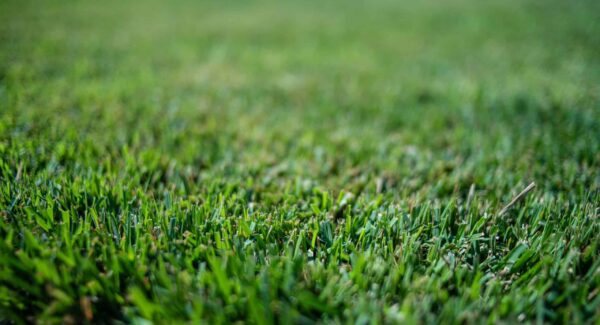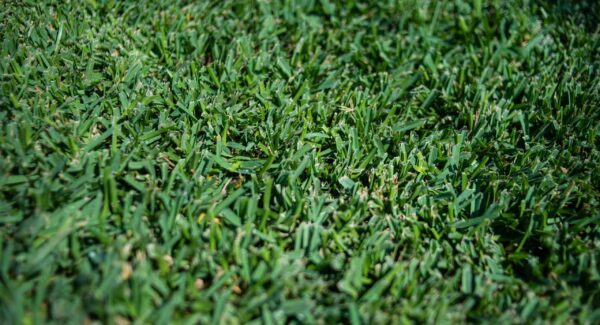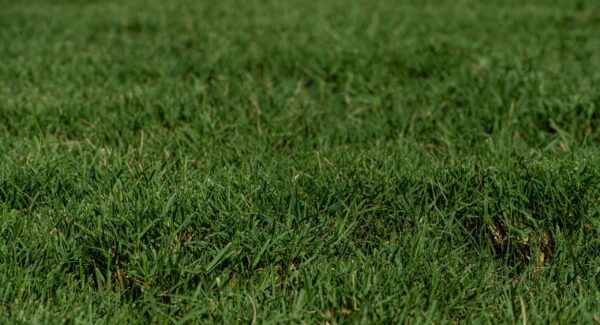Amending Central Texas Soils For A Healthy, Lush Lawn
Any healthy, beautiful, lush lawn starts with the soil of that lawn. In Central Texas, our soil has a few specific properties that are not ideal for the healthy growth of a lawn. Things like mineral content, compactness, and the soil material itself all affect how well the grass on top of the soil grows. Central Texas has 3 distinct soil regions that require different types of care or changes in order to grow a healthy lawn. In this post from The Grass Outlet blog, we’ll teach Central Texas property owners how to amend their soil to ensure the healthiest turf lawn possible.
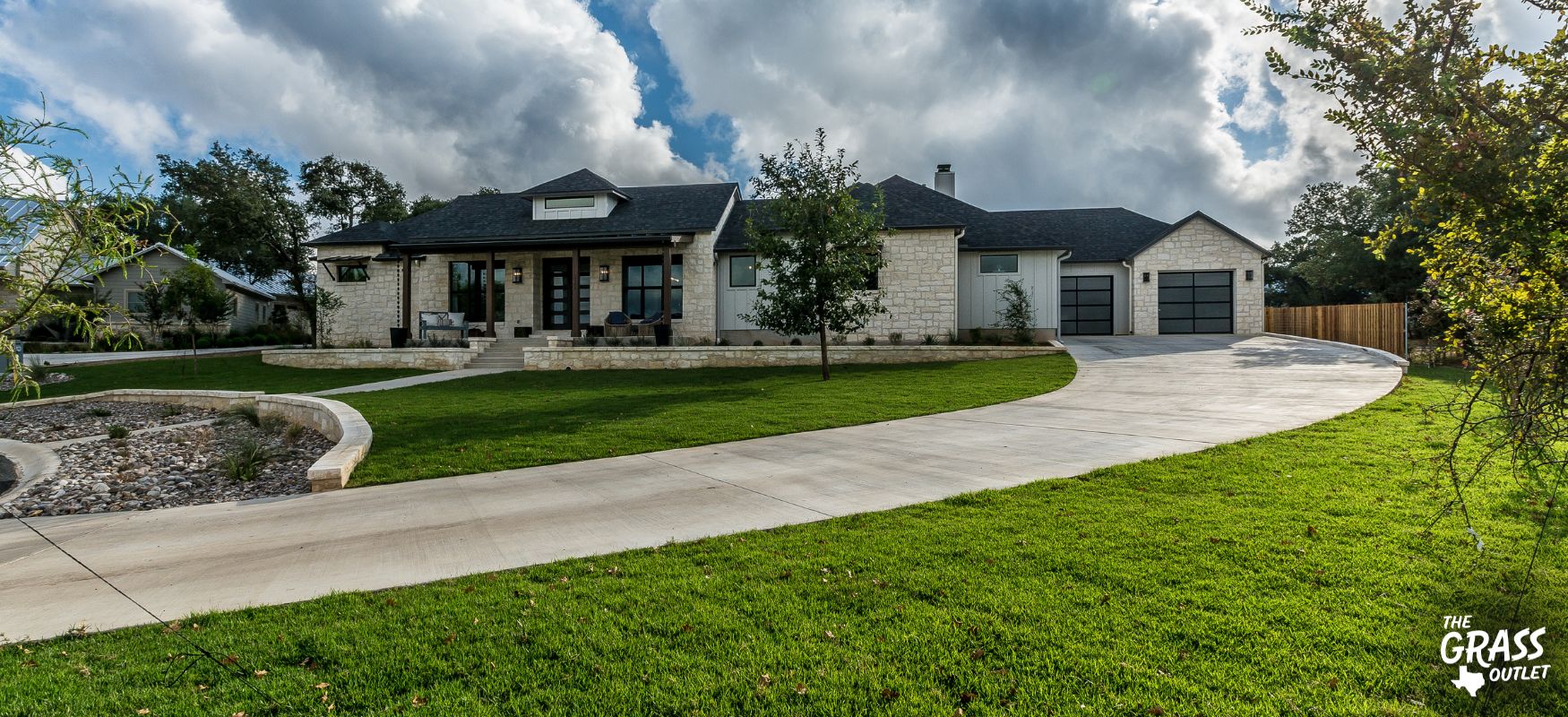
Keeping Central Texas Lawns Healthy: Rules of Thumb
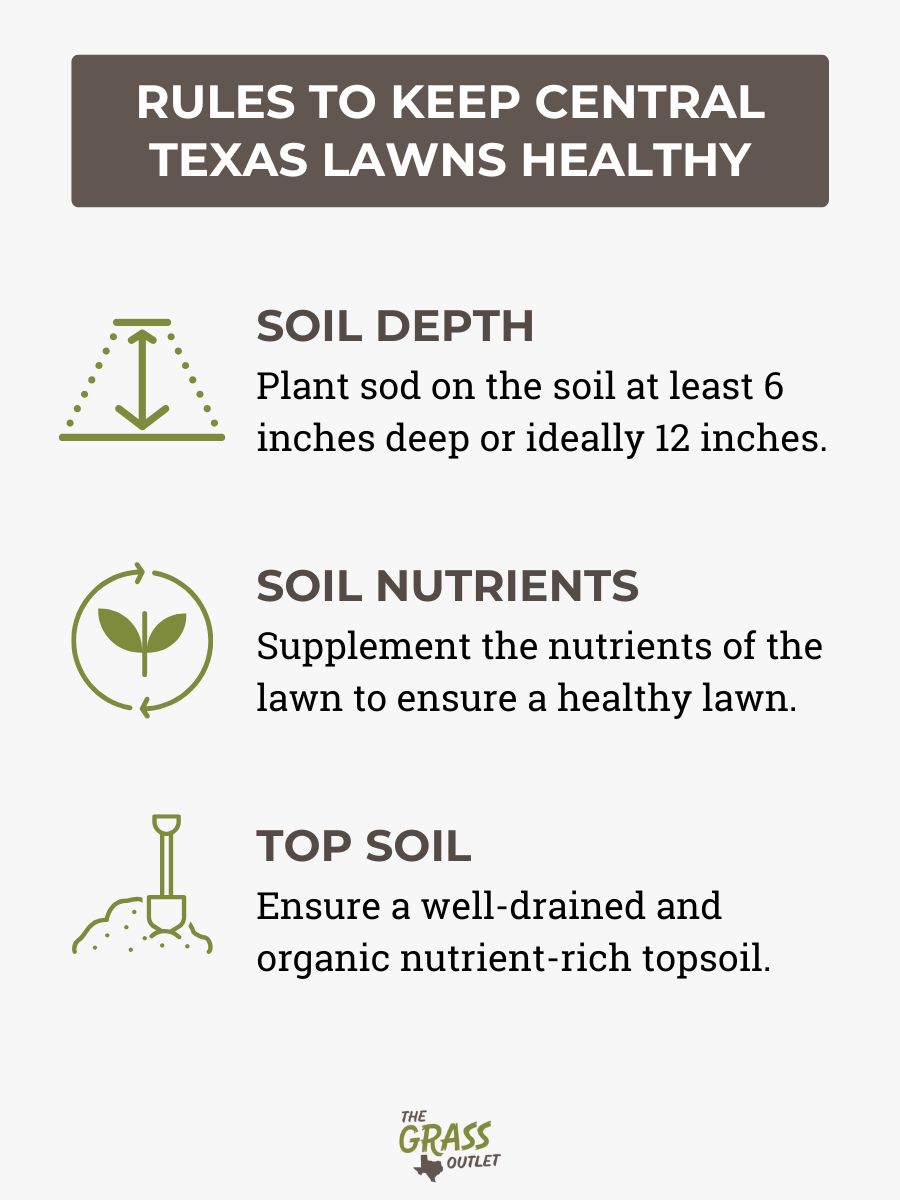
There are a few general rules you should follow before looking at your soil region as the primary issue behind your lackluster lawn.
Soil Depth
Turf lawns in any area of the United States require at least 6 inches of soil depth in order to grow properly. For best results, your lawn should have a soil depth of 12 inches. When sod is planted in shallow soil, it typically requires constant watering to stay alive. Therefore, to reduce your lawn maintenance needs and give your turf grass a fighting chance, it’s best to plant sod on the soil at least 6 inches, with 12 inches being an ideal soil depth.
Soil Nutrients
Another thing to consider regarding the general health of your lawn is soil nutrients. Soils in the Central Texas area usually have substantial amounts of phosphorus and potassium but often lack other vital nutrients, like nitrogen. In the Texas Hill Country, most soils contain large quantities of naturally occurring limestone. Limestone is 90+% calcium carbonate, which can be an issue. Calcium in the soil that is this high often leads to iron deficiencies in the soil. Therefore, supplementing the nutrients of your lawn’s soil might be necessary to ensure a healthy lawn.
Top Soil
Having at least 3 to 4 inches of organic nutrient-rich and well-draining topsoil is crucial to a healthy turf lawn. Well-draining topsoil allows your lawn to access several critical components to its overall health, including o2, nutrients, and moisture. If your topsoil is too compacted, it will lack the proper airflow and water-soil infiltration required to keep a lawn hydrated and healthy.
Central Texas Soil Regions
Edwards Plateau — West of Interstate 35
Some of the common problems that soil west of I-35 face has to do with the contents of the soil itself. This soil is heavy in clay content, meaning it has poor permeability and drainage. Additionally, it features very little organic matter and, therefore, is low in nutrients. Due to this soil being rocky and rich in limestone, it tends to be overloaded with calcium. This rocky type of soil usually means there isn’t enough soil to work with. When this occurs, home builders will bring in new soil, but that tends to be of poor quality. Since there is so little soil and it is generally shallow, it absorbs less water, making lawns in this area west of Interstate 35 susceptible to droughts.
Amending Soil in Edwards Plateau
The best way to fix the problems with soil in Edwards Plateau is by adding organic material. When adding organic material to your soil, it’s important to ensure that at least 30% of your soil by volume is still made up of real soil. Real soil is composed of organic matter, air, water, and loads of minerals important to the health of your lawn. You should never use a soilless potting mix as an organic material additive for your lawn. Instead, find topsoil composed of chocolate or sandy loam (50-60%), mixed with compost for lawn (40-50%).
Additionally, you should test your soil to check its nutrient levels, pH balance, soil composition, and compaction issues. This will allow you to make an educated decision about how much and what kind of soil amendments are required to improve the health of your lawn.
Texas Blackland Prairies — San Antonio area
Soils in the Blackland Prairies region, around the San Antonio area, tend to be composed of dense clays. Clay is easily and often compacted, which creates problems as the roots of lawns try to develop. Compaction also results in slow water-soil infiltration, resulting in moisture not penetrating deep enough to help roots develop. When dried out after heavy rain or watering, clay soil is closer to concrete than other soil types. Due to the clay content of this soil, there are a few things you should consider when trying to amend it to produce a healthier lawn.
Amending Soil in the Texas Blackland Prairies
You should never amend soil with heavy clay content, like that found in the Texas Blackland Prairies, with sand. This causes sand’s larger particles to bind to the clay, making the soil’s composition even closer to concrete. Instead, you should use expanded shale, which loosens the tightly compacted clay soil and makes it more workable. When amending clay soils, organic matter, like tilling in compost, tends to have the best results.
You should also test your soil once per year to check its nutrient levels, pH balance, composition, and any compaction issues that may be present. Educating your decision on what amendments should be made to your soil is crucial.
Finally, for clay soils, you should aerate and topdress them at least once a year. This ensures proper maintenance and gives your lawn the best fighting chance of thriving in the clay-plagued Texas Blackland Prairies.
Post Oak Savannah Floodplains — Dallas Area & Parts of San Antonio
Some of the challenges that face the Post Oak Savanna Floodplains areas of Texas have to do with the generally sandy nature of this soil. Although sandier soils tend to absorb and drain water efficiently, they also dry out very quickly. Additionally, since it is primarily composed of sand, this soil tends to be low, or even deficient in organic material. Furthermore, sandier soils are usually alkaline in their pH levels, which is not always ideal as you want pH levels to be balanced.
Amending Soil in the Post Oak Savannah Floodplains
Adding organic materials is a great way to amend the sandy soils of the Post Oak Savannah Floodplains. Amended soils should be at least 30% real soil by volume as a rule of thumb. This is due to real soil being composed of organic matter, minerals, air, and water. You should never use soilless potting mix and use topsoil composed of chocolate, 40-50% of compost, or 50-60% of sandy loam. When amending soil, always test it to discover the actual problems with the soil. Things like nutrient levels, soil composition, and compaction issues will all be discovered, which will allow you to make an educated decision on what kind of amendments you should make. Testing your soil at least once a year is the best way to ensure that the health of your lawn remains on the up and up.
Choose The Grass Outlet For All Your Turf Needs in Central Texas
At The Grass Outlet, we’ve been the Central Texas area’s turf grass supplier of choice for over 15 years. With the highest quality turf grass grown at our family-owned and operated Texas coast grass farms, it’s no surprise that property owners in the area ask for Grass Outlet grass by name. To learn more about the different types of grass we have available, contact us online or over the phone today.
